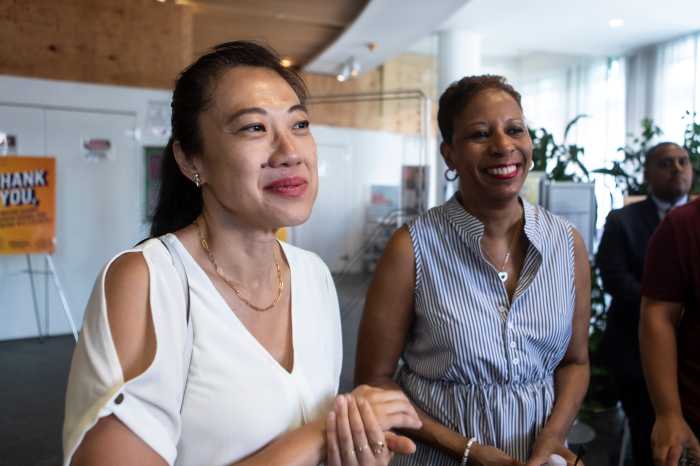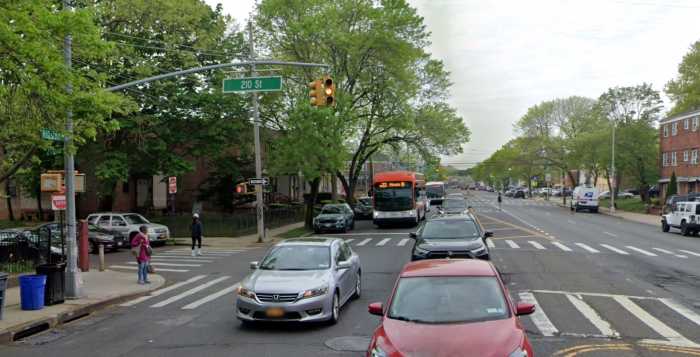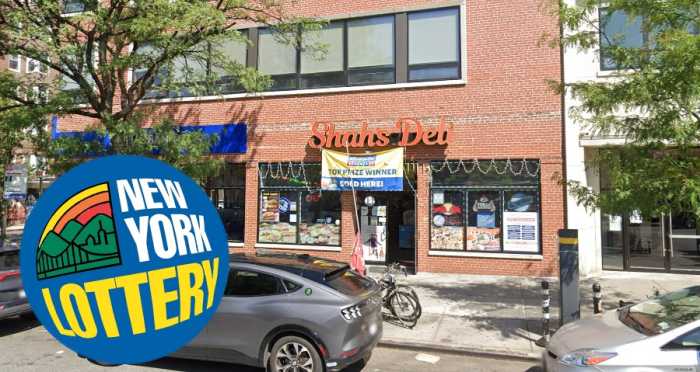By Bob Harris
While returning from a visit to Australia and New Zealand I read articles about Queens Borough President Helen Marshall’s State of the Borough message last month, which emphasized education and the naming of 10 regional superintendents who will administer our 1,200 city schools, as announced by Mayor Michael Bloomberg and Chancellor Joel Klein.
Marshall, a Queens College graduate and a former teacher, pressed for more schools so every child would have a seat. She honored singer Tony Bennett, who is a native of Astoria, for his effort in creating the Frank Sinatra High School of the Performing Arts in Astoria.
Marshall stressed the importance of private investment in education, which is necessary since we have a huge deficit. The Take the Field program, which donates private funds to pay for the renovation of school athletic fields, was cited for its work.
The Department of Education is being shaken up into 10 instructional divisions, each of which will have approximately 100 schools. I have recently read that the chancellor wants to hire a parent liaison in each school to be an ombudsman for the other parents. There will be a lot of change, but will it be for the better?
Will there be fewer superintendents and support staff, thus freeing money for classroom teachers? Will the number of deputy superintendents and support staff exceed that of the current superintendents and deputy superintendents?
It is good that a parent liaison will be in each school, but what if one school has 500 students and another has 4,000 students? Who will these parents be accountable to and what will they be paid?
The bottom line is what can be accomplished in each classroom by each teacher with his or her class. Emotionally disturbed or chemically imbalanced students can easily destroy a class. Can they be helped and brought under control?
Can the classroom teacher be helped by support staff? Often, the support staff never shows up to help the teacher help students in need. Many times teachers are frustrated because they don’t know which type of lesson to teach. Can the new superintendents solve this problem?
Getting supplies for teachers is still a problem. Since supply money is the last resource provided, many teachers spend their own money for basic supplies, even though the system reimburses them for needed materials, which are not supposed to include copy paper, glue, pencils or composition paper. Each school is different.
Can the problem of toilet time be solved? Sometimes the programming is such that an elementary school teacher has no free time for a few hours.
A man will probably say “the hell” and yell at the supervisor to cover his class for a minute or just go, but women teachers have more urinary infections than any other group of workers. Can the new system solve this problem?
Some new proposals I read seem good. Closing old district offices would free up about 8,000 seats. Of course, if we solved the illegal alien problem there would be fewer children in our school system.
A standardized curriculum for all students in traditional classes might be good for all those new teachers who have little or no experience, and it perhaps could control those disruptive children who need constant supervision. The system should print millions of very inexpensive, interesting books in English, the way the military did during World War II, so children could have books at home.
I hope these changes and others will help, but I really don’t know how the 30 percent or 40 percent non-graduation rate can be reduced without massive intervention, which will cost more money than is allocated for our schools.
Statistics show that crime in the subways of New York City is at its lowest level since the late 1960s. About 4.7 million people ride the subways each day. The bad news is that the Metropolitan Transportation Authority wants to remove clerks from 177 token booths around the system, while assaults rose 13 percent since last year.
There are 468 stations in the system. It seems that four of the booths slated for closure in Queens are on the police roster of stations with a high crime rate. They are on the E line and are Parsons-Archer, 74th Street, Union Turnpike and 71st Avenue. The MTA says it will keep one full-time booth open in each of these stations. Public hearings will take place soon, and if the closings take place they will start in July 2002.


































